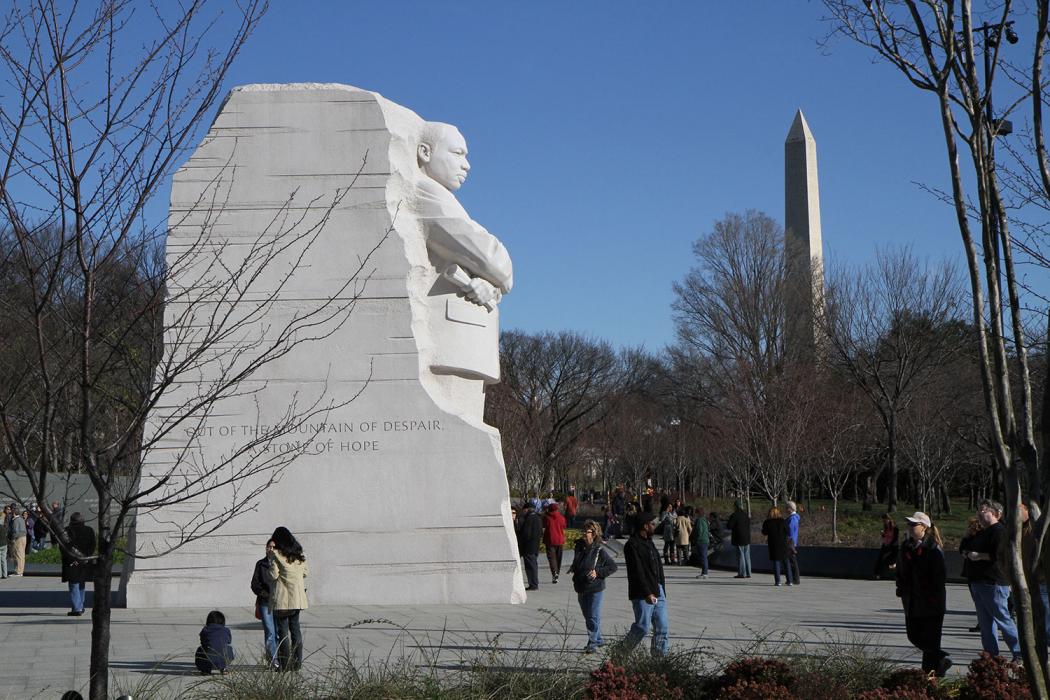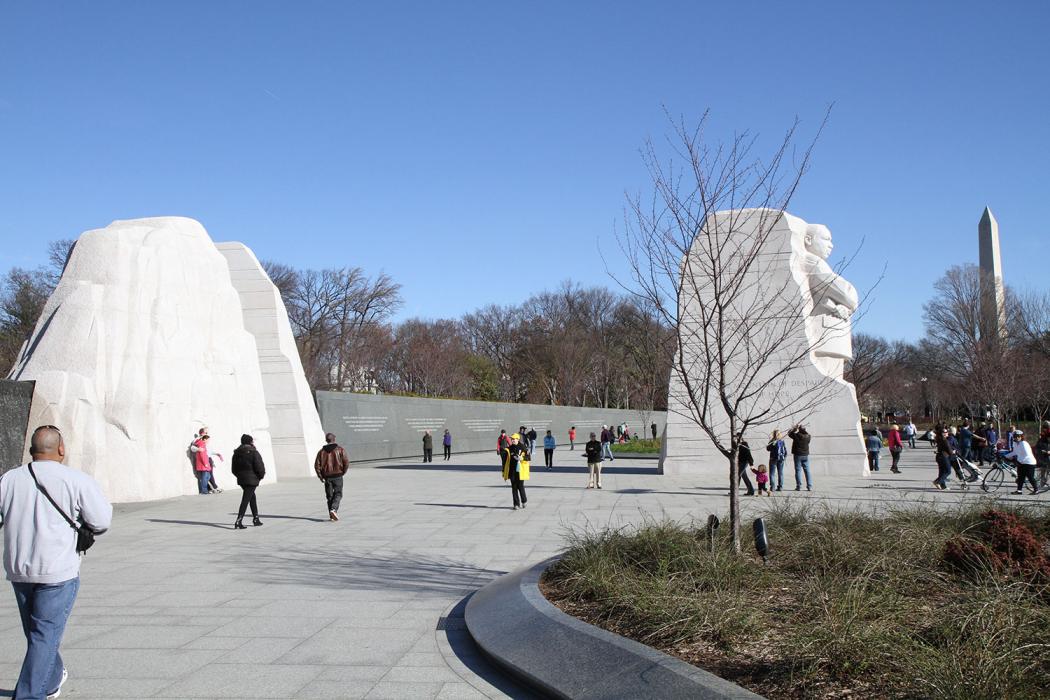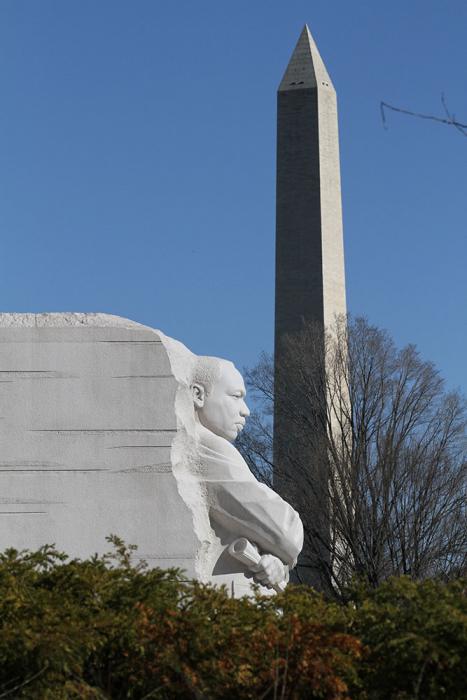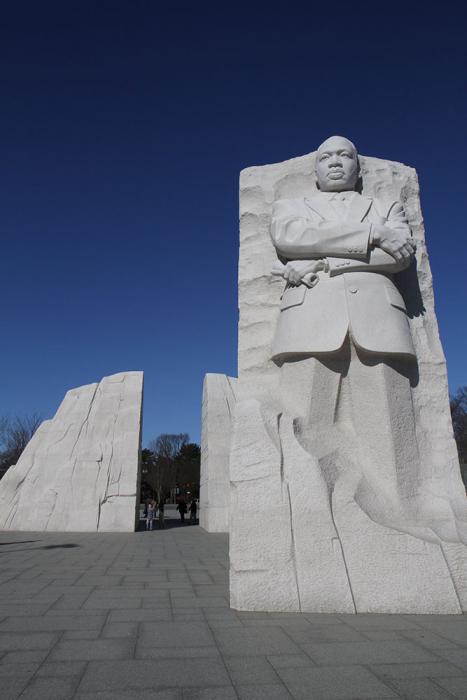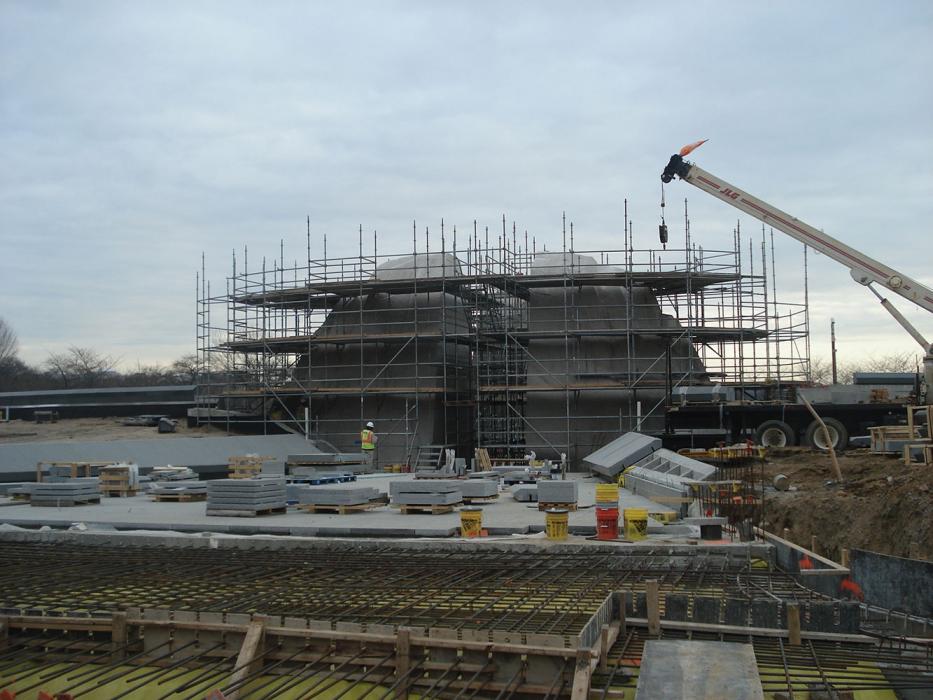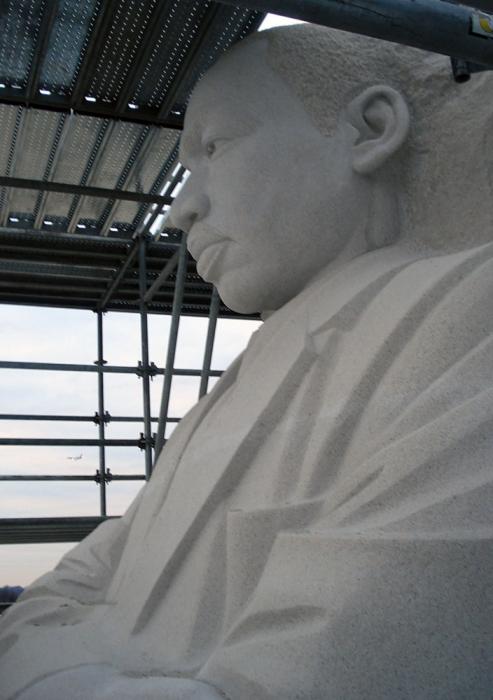Martin Luther King, Jr. National Memorial
The Martin Luther King, Jr. National Memorial features a crescent-shaped plaza surrounded by curving, stone-clad retaining walls carved with inscriptions.
Overview
Situated on a four-acre site along the tidal basin on the National Mall and adjacent to the Franklin D. Roosevelt Memorial, the Martin Luther King, Jr. National Memorial features a crescent-shaped plaza surrounded by curving, stone-clad retaining walls carved with inscriptions. Two large stones, the “mountains of despair,” form a gateway flanked by waterfalls. On the plaza, the “stone of hope” incorporates a 31-foot-tall sculpture of Reverend King. The complex also includes a 3,000-square-foot structure across the street from the memorial. The building, which features a 12-foot roof cantilever, houses a bookstore and public facilities.
We provided structural design to MTTG Joint Venture for the memorial, which opened in 2011 and was followed by a weeklong events calendar to celebrate Reverend King's impact on American culture.
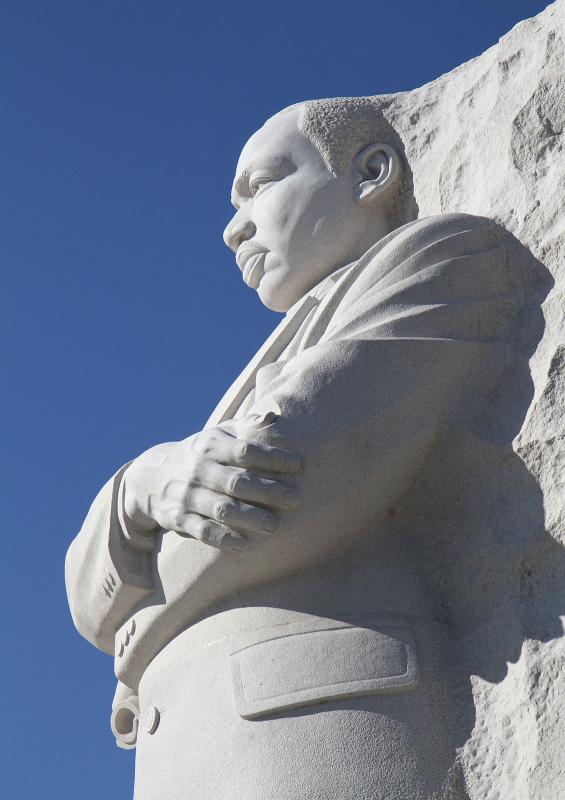 Thornton Tomasetti
Thornton Tomasetti
Highlights
- Our engineers worked closely with the geotechnical consultant to overcome extremely challenging soil conditions. The entire memorial rests upon piles driven to bedrock.
- The water features posed an additional challenge. Plans originally called for a remote pump-room with underground piping running to the falls. A design change added below-grade pump rooms beneath each of the waterfalls, with a 175-foot tunnel providing access to both. This required the tunnel to run directly below the massive “mountains of despair.” We re-analyzed and re-configured the arrangement of piles supporting the stones to accommodate the tunnel.
- The design of the tunnel itself was complex, requiring precise integration with many different components. Highly detailed and coordinated drawings ensured that the design intent was clear and simplified construction.


